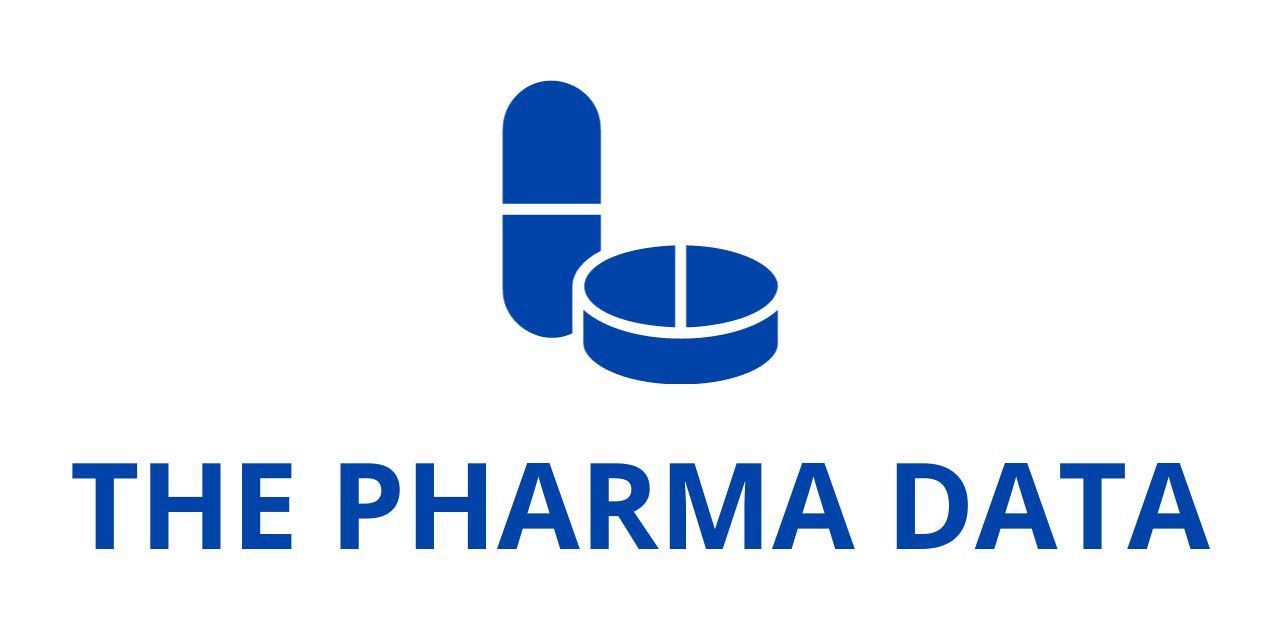
ATED Therapeutics Develops Quick and Easy Blood Test for Detecting Parkinson’s Disease
In a significant stride toward revolutionizing the diagnosis and monitoring of Parkinson’s disease (PD), UK-based biotech company ATED Therapeutics Ltd. has announced the development of a novel, non-invasive diagnostic blood test for the early detection of PD. The test, developed in collaboration with Hebrew University of Jerusalem, utilizes cutting-edge technology to measure specific transfer RNA fragments (tRFs) derived from nucleated red blood cells—a previously underexplored source of biomarkers in neurodegenerative disease diagnostics.
The findings detailing the scientific and clinical basis of the test were published in the April 2025 issue of Nature Aging, one of the leading journals in aging research. Additionally, ATED presented the data at the International Conference on Alzheimer’s, Parkinson’s and Related Neurologic Diseases, held on April 2, 2025, in Vienna, Austria. This dual academic and clinical rollout signifies the maturity of the diagnostic approach and its potential to enter routine clinical practice.
Addressing a Critical Gap in Parkinson’s Diagnostics
Parkinson’s disease, a chronic and progressive movement disorder, affects more than 10 million people globally. It is characterized by the degeneration of dopamine-producing neurons in the brain, leading to symptoms such as tremors, rigidity, slowed movement (bradykinesia), and postural instability. However, the current diagnostic process for PD remains heavily reliant on subjective clinical assessments, particularly the visual observation of motor symptoms by a neurologist.
This symptomatic-based diagnostic method poses several challenges. Firstly, it is often delayed until significant neuronal damage has occurred, which limits the window for early therapeutic intervention. Secondly, misdiagnosis rates can be as high as 20%–25%, as symptoms may overlap with other neurodegenerative or movement disorders. A more invasive alternative—a spinal tap (lumbar puncture)—can provide cerebrospinal fluid (CSF) biomarkers, but this procedure is associated with discomfort, cost, and limited ability to track disease progression over time.
“There is an urgent need for a reliable, non-invasive, and scalable diagnostic tool that can detect Parkinson’s disease early and accurately,” said Dr. Jeff R. Swarz, CEO of ATED Therapeutics and a neuroscientist with a Ph.D. in molecular biology. “Hebrew University and ATED have developed a simple, reliable, cost-effective blood test that will change the way Parkinson’s is diagnosed and will allow clinicians to accurately identify and follow how the disease is progressing.”
The Science Behind the Innovation: Transfer RNA Fragments (tRFs)

The test is based on the quantification of specific tRNA fragments, also known as tRFs, originating from nucleated red blood cells (NRBCs). Unlike the vast majority of red blood cells in the bloodstream, which lack nuclei and thus DNA, NRBCs retain their nucleus and are capable of gene expression. Though rare in circulation, NRBCs offer a unique and untapped source of molecular information.
Recent advancements in molecular biology and next-generation sequencing have illuminated the regulatory role of tRFs in cellular function, including neuronal activity and immune responses. These small RNA molecules are cleaved from mature or precursor tRNAs and are now recognized as significant players in the pathophysiology of multiple diseases, including cancer, inflammation, and neurodegenerative conditions.
According to the researchers, specific tRF signatures are detectable and reproducible in the blood of individuals with Parkinson’s disease, distinguishing them from healthy individuals and potentially from patients with other forms of neurodegenerative disease.
The assay developed by ATED involves a proprietary protocol for tRF extraction, amplification, and quantification, using a combination of qPCR and advanced bioinformatics algorithms. Importantly, the test does not require fasting, is not influenced by recent medication intake, and can be performed from a standard blood draw in an outpatient setting.
Clinical Utility Beyond Diagnosis
Beyond providing a highly accurate method for early diagnosis, the test has been shown to track disease progression over time, offering clinicians an objective biomarker to monitor treatment response or changes in disease status.
One notable application of this capability is in the evaluation of Deep Brain Stimulation (DBS)—a surgical treatment that involves implanting electrodes in specific areas of the brain to regulate abnormal neural activity. While DBS can provide substantial relief from motor symptoms in PD patients, clinicians currently lack a reliable, quantitative tool to evaluate its effects at the molecular level.
ATED’s diagnostic platform appears to fill that void. “Our test offers clinicians a way to measure the impact of DBS on a molecular scale, enabling more personalized treatment plans and potentially improving patient outcomes,” said Dr. Swarz.
Expert Endorsements and Vision for the Future
Dr. Hermona Soreq, a senior author on the Nature Aging publication and a renowned expert in neurobiology at Hebrew University, emphasized the broader implications of the work. “The availability of an early, reliable, and rapid blood test for diagnosis of PD can alleviate the burden of uncertainty for suffering individuals.”
Dr. Soreq further noted that earlier diagnosis opens the door to proactive interventions—potentially slowing disease progression before severe damage has occurred. “It can assist clinicians’ care of these patients early in the disease process and open novel routes for developing and testing new therapeutics,” she said.
She also highlighted the scalability of the test. “The reliability, sensitivity, speed, and low cost of our assay may all indicate its value for enabling an improved universal, pre-symptomatic PD diagnosis that can improve detection rates and offer beneficial clinical approaches to patients with PD at diverse stages of their disease.”
Implications for Drug Development and Global Health
The new diagnostic platform could be a game-changer not only for individual patient care but also for pharmaceutical companies developing disease-modifying treatments for Parkinson’s disease. Clinical trials in this space are often hampered by the lack of validated biomarkers for patient selection and endpoint tracking. A simple blood test with strong diagnostic and prognostic value could reduce clinical trial costs and timelines significantly.
Additionally, the affordability and simplicity of the test make it especially attractive for use in resource-limited healthcare settings. Parkinson’s is increasingly prevalent in aging populations across the globe, including in low- and middle-income countries, where access to specialized neurologists and advanced imaging is limited.




